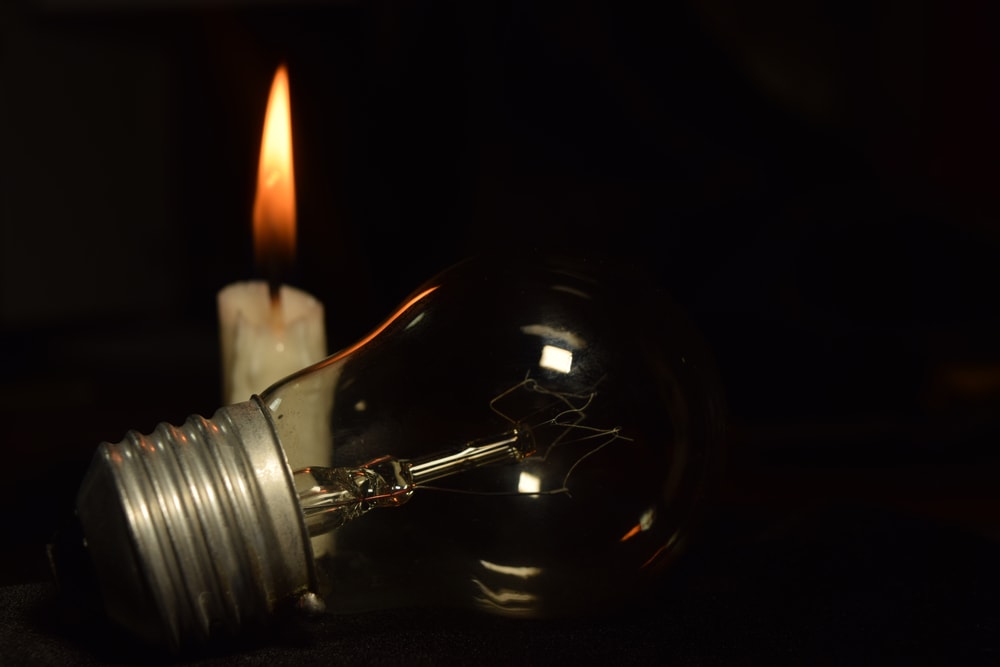COVID-19 results in drops in juvenile detention admissions, most of all for Black youth.
In the last two months, juvenile detention admissions have dramatically decreased. Perhaps even more significant is that the rates of admissions for black and brown youth have fallen more than admissions of white youth. In the process, this pandemic has exposed a number of possible reforms that should be considered even after a return to a status quo.
Decreasing detention admissions is a silver lining in an otherwise terrible pandemic. Studies have found juvenile detention does not reduce reoffending or ensure rehabilitation for most youth, and should be reserved for the highest risk youth only. Community-based alternatives can often keep communities just as safe, and secure better outcomes for youth. COVID-19 has required correctional officials to truly evaluate the risk of detention versus the risk of release. It has also demonstrated that we are detaining too many young people in this country when other safe alternatives exist.
Data collected from 35 percent of juvenile detention facilities found total admissions were down by more than half between March and May–a drop in three months that paralleled what had taken over a decade of effort to previously achieve. While admissions were down for white youth by 50 percent, rates for Black youth were higher, at 57 percent. Though this may seem like a modest difference, even these small disparity reductions are significant given how difficult it has been to achieve such results in the past, despite efforts to do so.
The survey cannot tell us exactly why we have seen a reduction in racial disparities–but there are at least a few possibilities worth delving into, each with lessons we should consider post-pandemic.
First, COVID-19 has closed in-person schooling and, in the process, shut down much of the school-to-prison pipeline. School referrals have historically been a main source of disproportionate minority contact with the juvenile justice system, often from school resource officers (SROs), who are law enforcement officers that are stationed in schools. Majority black schools are more likely to have SROs–and schools with SROs have reported more referrals to the justice system for non-serious offenses. Black children are more often subject to discipline for misbehavior or breaking school rules than white children, starting as early as preschool. When they are removed from school through suspensions and expulsions, their risk of arrest and system involvement is heightened.
Amidst COVID-19, school referrals have drastically decreased. In fact, George Floyd’s death has many school districts across the country–including Portland, St. Paul, Sacramento, and Charlottesville–deciding to end the placement of SROs in their schools.
Another reason admissions have decreased might be the overall decrease in arrests, particularly for minor crimes. With fewer people going out, there may be less actual criminal conduct occurring. But many police departments have also opted to arrest fewer individuals for minor, nuisance-related offenses, citing individuals instead or issue a warning. Additionally, some jurisdictions have chosen not to incarcerate individuals for technical violations of probation or non-payment of fines and fees, two other sources that formerly led to detention. Such an approach is consistent with maintaining social distancing and better keeps officers and the community safe.
But interestingly, at least one report found that black and brown adult arrests have decreased at a slower rate than white arrests (meaning adults arrested have not seen the same reduction in racial disparities as young people). The difference suggests that youth-specific justice issues might be a large driver to the reduction in disparities during COVID-19, such as the school to prison pipeline or arrests for status offenses, which is behavior that is only considered criminal if committed by a minor, such as truancy.
The survey revealing the racial differences in rates of admissions is well worth looking into further. As some children will return to in-person schooling this fall, will we see a spike in arrests? Will we find that we can continue post-pandemic to decrease detention numbers for minor offenses, technical violations and fines and fees, while preserving public safety?
COVID-19 has given us the opportunity to interrogate our current justice system practices, and hopefully change them for the better.






